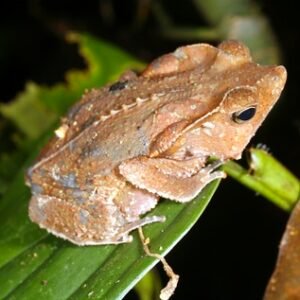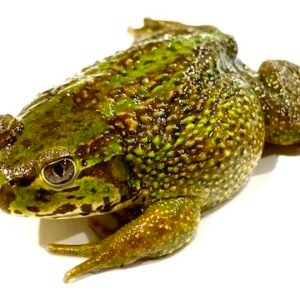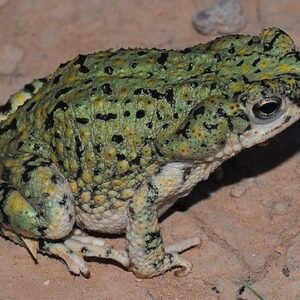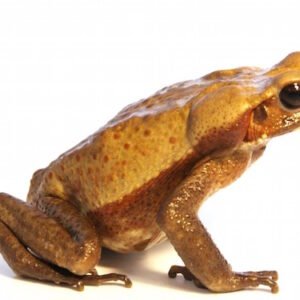Introduction to Tomato Frogs
Tomato frog , scientifically known as Dyscophus antongilii, are a striking species of amphibians native to the rainforests of Madagascar. They belong to the family Microhylidae and are a part of the true frog suborder, distinguishing them from some other types of amphibians. The most remarkable feature of these frogs is their vibrant red skin, which serves as a warning signal to potential predators about their toxicity. The bright coloration is not just visually stunning; it plays a crucial role in their survival within their ecological niche.
Physically, tomato frogs exhibit a robust body structure that can grow up to four to five inches in length. Their unique appearance is further characterized by round bodies and wide mouths, which contribute to their overall frog-like demeanor. The skin of these frogs is smooth and shiny, often appearing almost glossy under natural light. Tomato frogs also have distinctive yellow-orange or light brown markings that enhance their bold appearance, making them easily identifiable among other amphibian species.
These striking specimens are predominantly found in humid tropical forests, primarily in Madagascar, where they inhabit a range of ecological niches. Tomato frogs favor areas close to water bodies such as streams and ponds, which serve as breeding grounds. Their habitat is not only essential for reproduction but also provides the necessary moisture and food supply required for their development and sustenance. The ecological significance of their environment cannot be overstated, as Madagascar’s unique ecosystems contribute to the overall biodiversity of the planet.
In summary, tomato frogs exemplify nature’s vibrancy with their colorful appearance and integral role in Madagascar’s rich biodiversity. Their unique attributes and habitat preferences underline the importance of conservation efforts aimed at preserving their natural environments and the delicate balance within which these fascinating amphibians thrive.
Behavior, Diet, and Reproduction of Tomato Frogs
Tomato frogs exhibit a range of fascinating behaviors that contribute to their survival in the wild. Primarily nocturnal, these vibrant amphibians engage in most of their activities under the cover of darkness. Their adaptation to nighttime activity allows them to evade daytime predators while searching for food. During these nocturnal escapades, tomato frogs rely on their keen senses to navigate their environments and locate prey. They also display interesting social interactions, primarily during breeding seasons, when males call out to attract females, creating a symphony of sounds that fills the air.
Dietarily, tomato frogs are carnivorous, feeding predominantly on insects. Their diet includes a variety of prey, such as crickets, beetles, and flies. To secure their meals, tomato frogs employ a unique hunting technique, using their sticky tongues to swiftly capture unsuspecting insects. This effective method enables them to maintain a sufficient caloric intake, which is crucial for their growth and reproductive success. Additionally, their bright coloration serves as a warning to potential predators, signaling that they may be unpalatable or toxic.
The reproductive cycle of tomato frogs is equally remarkable, characterized by specific mating rituals and egg-laying behaviors. During the breeding season, males compete for the attention of females by emitting loud calls and engaging in displays of physical prowess. Once a pair has formed, the female lays eggs in water, which hatch into tadpoles. These tadpoles eventually metamorphose into adult frogs. Post-hatching, the adults demonstrate a degree of parental care, often guarding their tadpoles until they are capable of independent survival. Understanding these behaviors and reproductive practices is crucial in raising awareness about the conservation of tomato frogs, as it underscores the importance of preserving their natural habitats to ensure their continued existence in the wild.





